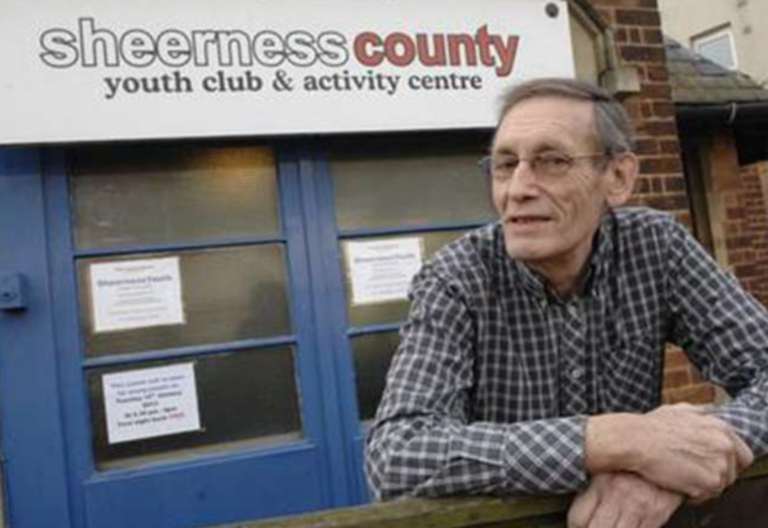Align in the sand: When big dairy experiments with regeneration

When Align Farms held a field day in December, inviting people to check out the regenerative agriculture experiment it had been running on one of its ten mid-Canterbury farms, more than 150 farmers turned up.
“That was a pretty good turnout, especially on a horrible rainy day,” says Clare Buchanan, Align Farms’ head of environment and innovation.
It certainly marks a change from previous years, she says, when prominent scientists were saying regenerative agriculture was a myth and “some of the farmers were laughing at us”.
“Now a lot of them are driving down our driveway because they want to see it. They’re definitely more receptive to the idea, although some are still scared of change and think that if the Government sees what we’re doing they might make everyone do it.”
READ MORE:
* New Zealand farming has the change reflex – so why aren’t we using it when it’s needed the most?
* These two farms are side-by-side, but one could become the future of dairying
* Organic sector aims to contribute $4.7 billion to GDP by 2030
Regenerative agriculture focuses on improving soil health and advocates say it’s a system that works with nature, rather than against it. Farmers plant a wider variety of crops and require fewer inputs like synthetic fertiliser.
CHRIS SKELTON/Stuff
Some farmers were laughing at us, now a lot of them want to see it, says Clare Buchanan, Align Farms’ head of environment and innovation.
Regen principles might still be considered fringe by some, but Align Farms is definitely big dairy. Their ten mid-Canterbury farms spread across more than 2200 ha, with 5000 cows producing over 2.2 million milk solids every year.
Buchanan says Align started experimenting with regenerative techniques in a few of its paddocks around five years ago and the results were good.
Two years ago it decided to run a side-by-side trial on one farm, with half run conventionally and the other half run with a regenerative model.
Buchanan previously worked as an environmental consultant and helped other farms create environment and nutrient management plans, but returned to the family business to work on the trial.
CHRIS SKELTON/Stuff
Regenerative agriculture focuses on improving soil health and advocates say it’s a system that works with, rather than against, nature.
It is being judged on five measures – finance, social outcomes, environmental outcomes, human health, and animal health – with results shared openly with the dairy industry, “because we need to bring them along with us”.
“We’re just about to finish our second season, and it’s been going well. Last year, it was more profitable on the conventional side, but that was what we expected. This year we are expecting to break even, and potentially be more profitable on the regen side.”
One of the main reasons conventional farming was more profitable was because managers and staff had so much more experience working with this more formulaic model, says Buchanan.
“There’s a lack of a guidebook for regen, because it is different for each farm and ecosystem, and you are making decisions, observing, and changing every few days.”
Regen is certainly not as predictable, but trying to reduce the footprint problem of dairying by working on a new way of farming is much more meaningful than squeezing tiny efficiencies out of the well-established model, she says.
And because there is growing pressure on that conventional model, the incentives to change are growing with it.
“The rising cost of fuel, imported supplements and fertiliser and the fact that farmers will also need to pay for their emissions from 2025, means more of them will be looking to go to a low-input system.
There is also a push from consumers and big players like Nestle and Danone are making pledges to get a certain percentage of their supply from regen farms.”
Align’s Clareview Farm, as featured on Country Calendar.
Lincoln’s Agricultural Economic Research Unit and Our Land and Water’s The Value Project have shown that New Zealand food and fibre producers can make more money with less impact if they promote what are known as ‘credence attributes’.
Align Farms purchased Cyclops Yoghurt recently and Buchanan believes there will be a premium regenerative dairy market in the future when there is enough supply.
Later this year the Government and Ngāi Tahu will kick off an $11.5 million research project to validate the science of regenerative agriculture with its own side-by-side trial.
After Align’s trial is complete, Buchanan says it will continue to try and improve soil health with the likes of dung beetles and biochar.
CHRIS SKELTON/Stuff
There’s a lack of a guidebook for regeneration, because it is different for each farm and ecosystem, and you are making decisions, observing, and changing every few days, says Clare Buchanan, Align Farms.
Whatever the results, going through the process has already influenced its decision-making.
“We’ve been lowering our stocking rates on all our farms. And we’re putting in a wider variety of pasture, because we know the benefits to the soil, to the cows, and to the environment.”













